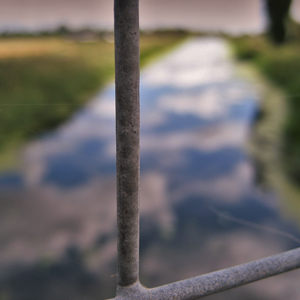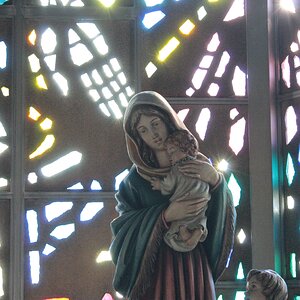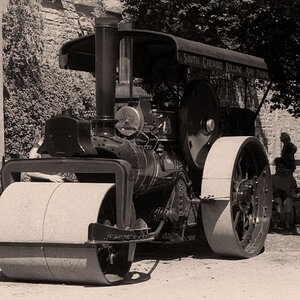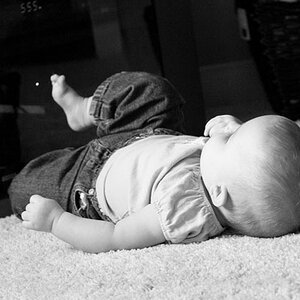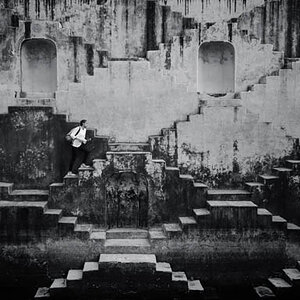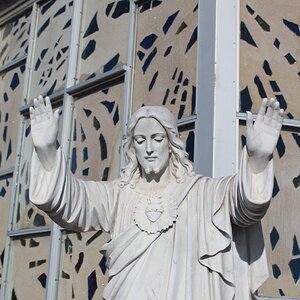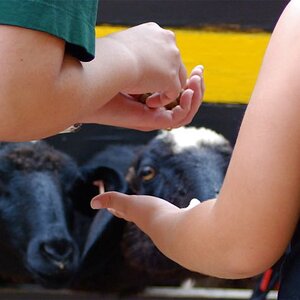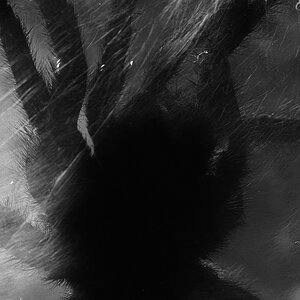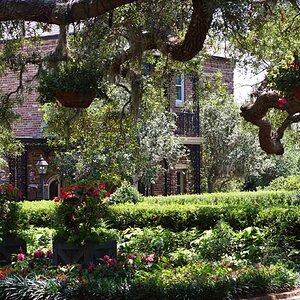I have PS elements 9 and I have just started shooting RAW + jpeg. Until recently I have only used jpeg.
Do I need to save both file types? Is there an advantage to this or am I just wasting memory? Can I convert or save a copy of a raw file as a jpeg file later?
I think that sums up my 1st question! Haha. BTW this is with a D7000.
The second question is when opening raw files with PSE 9, are the raw files converted to something else? It seems that PSE changes them to another file type when I import them.
Also I have just recently started using PSE 9.
Thanks in advance!
Do I need to save both file types? Is there an advantage to this or am I just wasting memory? Can I convert or save a copy of a raw file as a jpeg file later?
I think that sums up my 1st question! Haha. BTW this is with a D7000.
The second question is when opening raw files with PSE 9, are the raw files converted to something else? It seems that PSE changes them to another file type when I import them.
Also I have just recently started using PSE 9.
Thanks in advance!


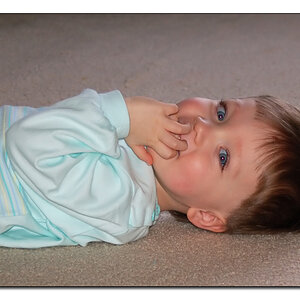
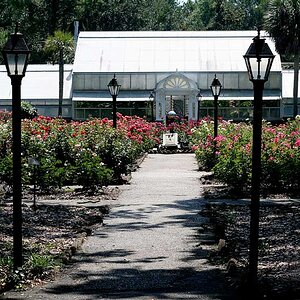
![[No title]](/data/xfmg/thumbnail/35/35931-5e10675f3f7d827bc7ae4689f16bda8a.jpg?1619737234)
